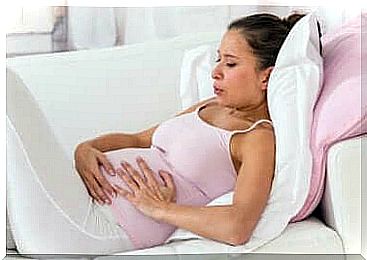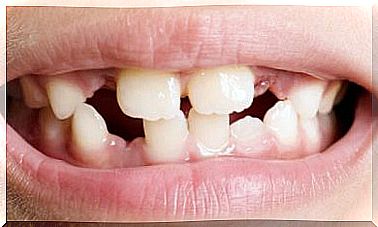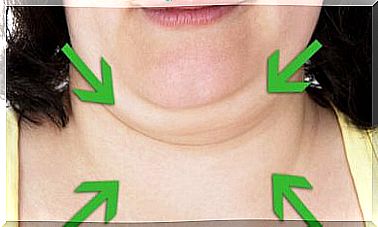What You Should Know About Labor Pains
If you are already in the last phase of pregnancy, you should be able to identify labor pains so that you can go to the hospital or maternity clinic at the right time.

The labor pains are a clear sign that after the long wait, your child is nearing.
The woman’s body goes through various changes during pregnancy. But especially when the delivery is approaching, doubts and questions often arise about the actual time of the birth of the child: when exactly does the mucous plug detach from the cervix, what does the increase in the viscous secretion mean, when does the abdomen sink, why is it moving the child less …
The labor pains for which many women are longingly waiting are undoubtedly clear . But can you differentiate these contractions from others? Find out more in our post today so that you can dispel all your doubts and act accordingly when the time comes.
Labor pains or false alarms?

In order to identify labor pains, one must first know what exactly we are talking about. It is the painful contraction of the uterus, which forces the baby into the correct birth position towards the cervix or cervix uteri .
In the last few weeks of pregnancy there are physical changes and symptoms that make the birthing process possible. This includes, for example, labor pains. However, these must be differentiated from other types of labor that are unrelated to the birth of the child.
The body prepares itself slowly and gradually for the delivery. This takes time, especially with a first child. However, exercise and pre-contractions are still relatively weak and, above all, irregular.
In the last part of pregnancy, doubts often arise when, for example, the stomach hardens at certain times of the day and colicky or menstrual pain occurs. These complaints can put the expectant mother on the alert and alert her to other symptoms as well.
Exercise and pre-contraction: what to do?

Exercise and fore-contractions usually go away when the woman changes her posture or reduces physical activity. Certain measures alleviate the symptoms and promote the well-being of the expectant mother:
- Warm baths or showers: The water does not have to be very hot, and each woman has to decide for herself which temperature is most comfortable for her.
- Fitness ball to stretch the back and hip muscles: the woman sits on the ball with her legs at a 90º angle and opens her legs about 180º. Then she makes lateral, circular, and forward and backward movements.
- Massage in the lumbar area: For this the mother-to-be needs the help of a family member or friend. Because it is about performing circular massages with a little vegetable oil (almond oil, marigold oil or oil with aloe vera).
Identify labor pains
As the intensity of labor increases and becomes more regular, it will make your mouth widen and other signs that you are about to give birth. The baby slips down and gets into the right position to see the light of day soon.
In order to confirm that it is actually labor and to distinguish it from previous contractions, you can observe the following specific characteristics:
- The regularity: labor contractions occur regularly and are intense. The rhythm is maintained and the contractions push the child towards the cervix. The regularity must last for at least an hour in order to be able to speak of labor pains.
- The duration: Each contraction lasts about a minute from the beginning until it disappears again.
- The perception: All contractions are clearly noticeable, whereby the pain is perceived subjectively by every woman.
What to do when labor begins

Remain calm when the real contractions that indicate your baby is about to be born begin. Have yourself taken to the hospital and try to write down the time that elapses between labor pains. A few more tips in a nutshell:
- Keep Calm!
- Check the time between contractions with the watch.
- Don’t lose your nerve when the baby moves.
- Let a family member know to show you to the hospital.
- Don’t forget to take the prepared hospital bag and medical reports with you.
- Have yourself taken to the hospital or maternity clinic designated for the birth of your child.









